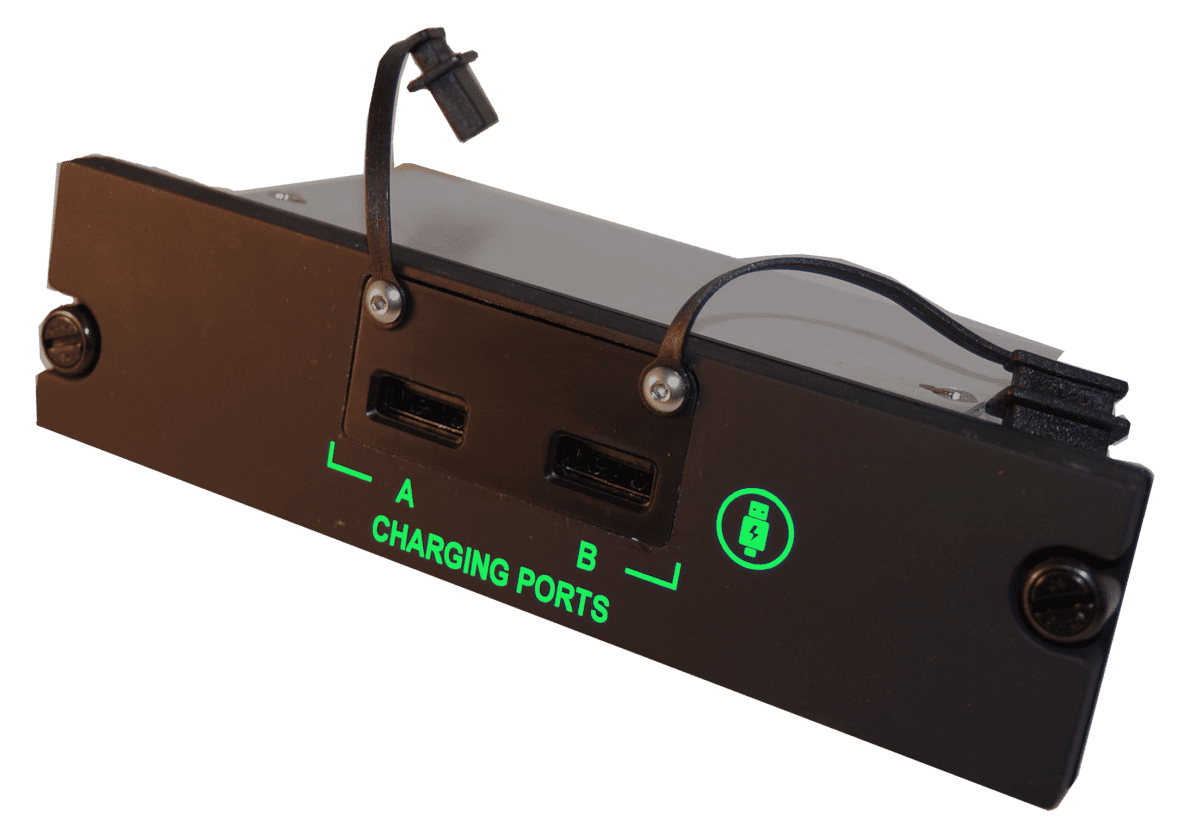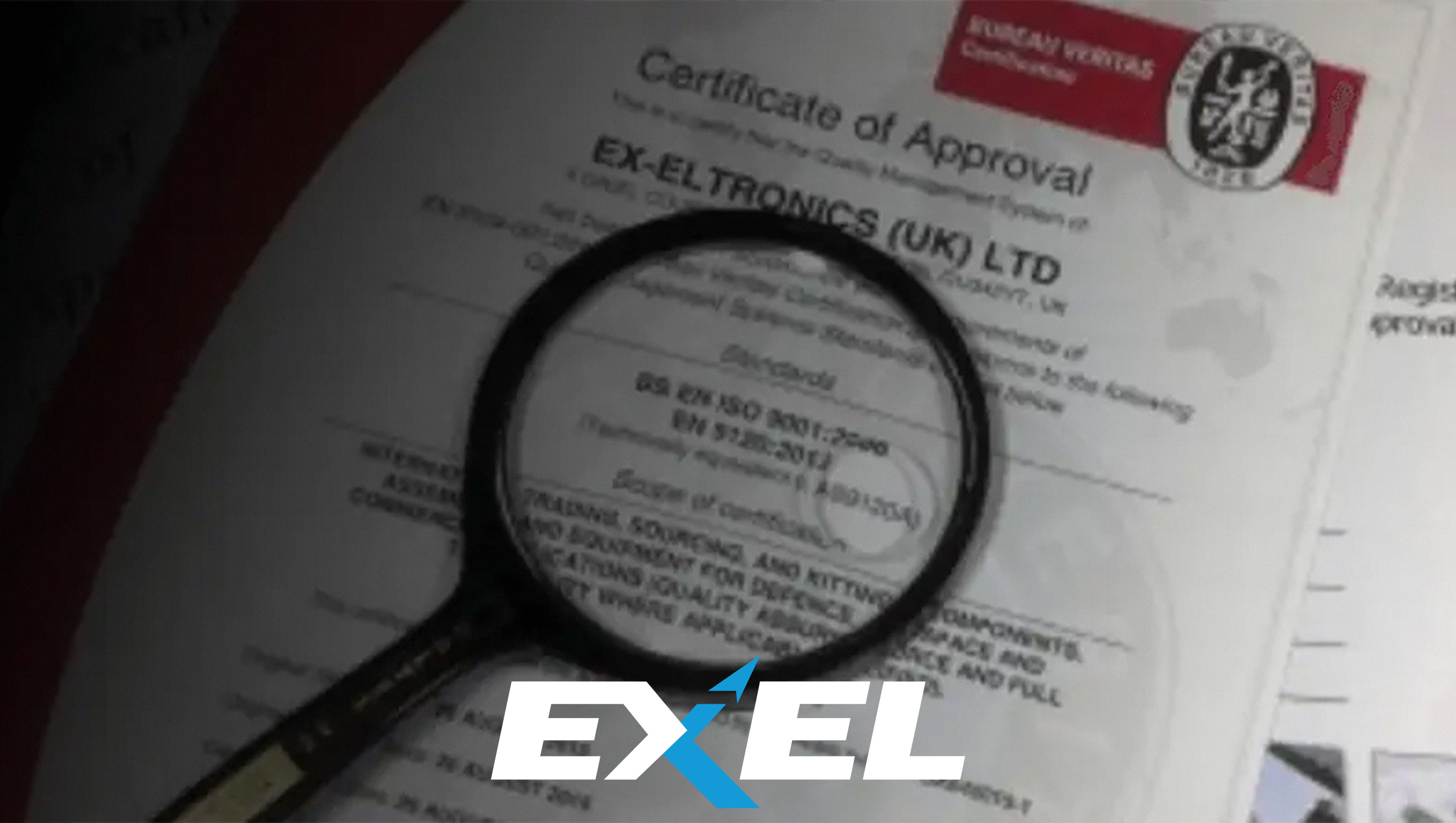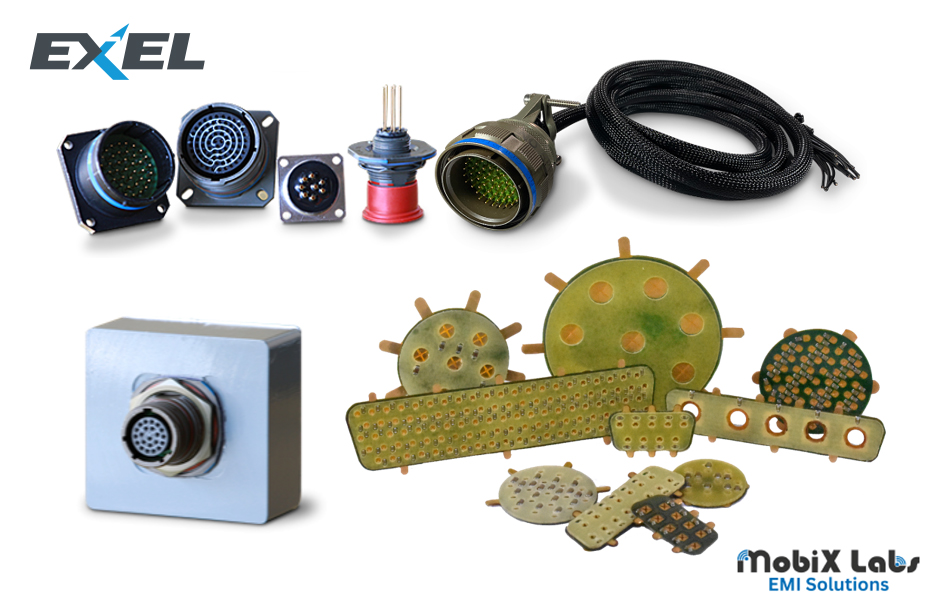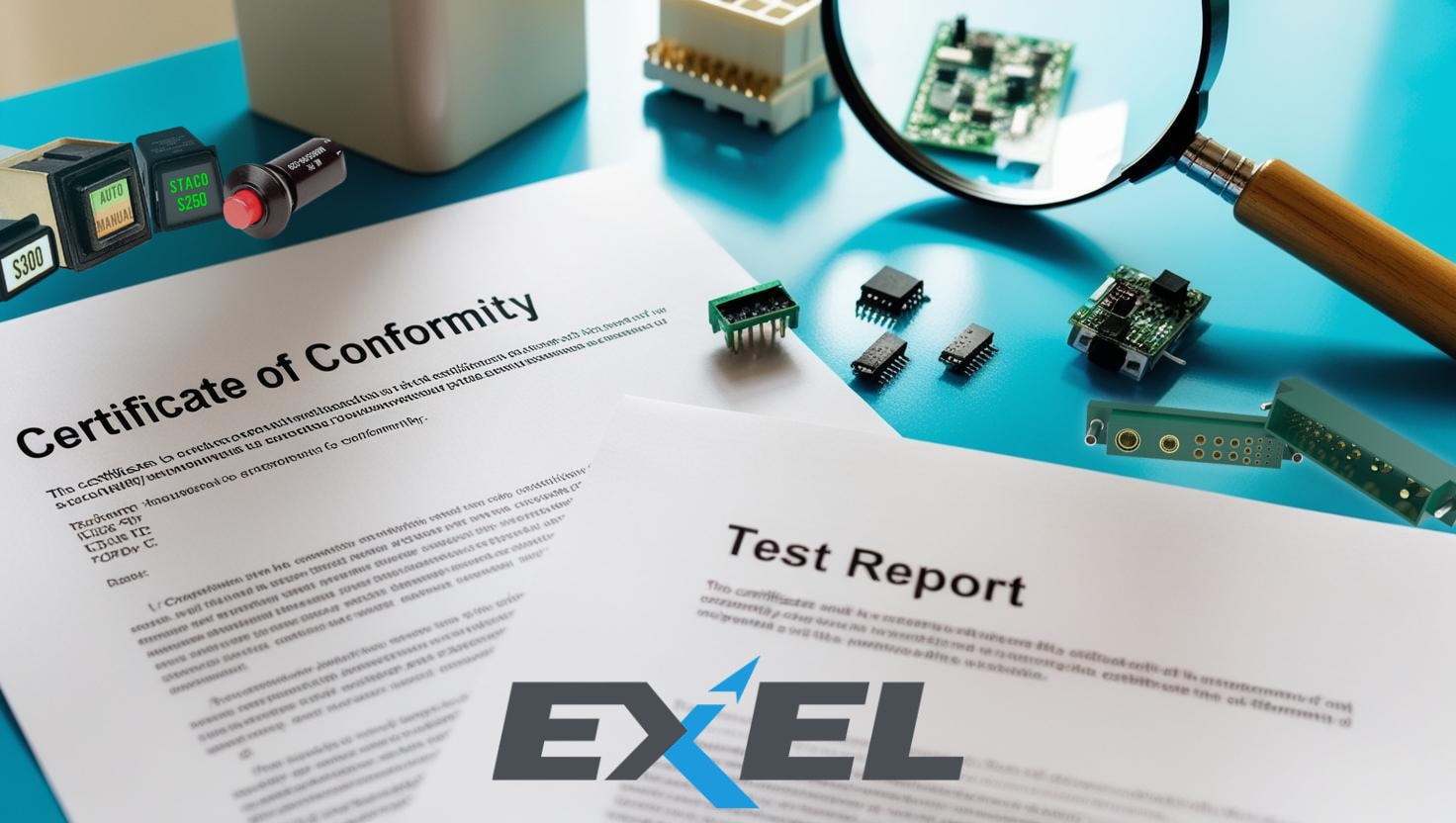Staco Systems Release New Military Grade USB Charger to Market

Modern military and aerospace applications rely on the constant evolution and subsequent implementation of technology. Additionally, many legacy ground-based, seaborne, and aerial systems and vehicles still in use today require constant retrofit and upgrade work packages to ensure the top-level equipment remains fit for purpose in the field.
One request that Ex-Eltronics sales representatives often come across when speaking to engineering and programme personnel about our technology offerings, is the desire they have for an ‘off the shelf’ yet military-approved solution to a lack of onboard battery charging capacity needed to supply power to handheld radios and electronic devices such as tablets, smartphones, and many other compact USB-connectible devices.
Hence, Ex-Eltronics is now proud to offer an off-the-shelf USB charging solution to our customers, designed by our partner Staco Systems.
Below, we’ll look at how Staco used their expertise in custom sub-assemblies, combined with the growing demand for off-the-shelf USB charging solutions, to design a standalone charging unit that is now fully released to market and comes qualified to MIL-STD-704, MIL-DTL-7788, MIL-STD-810, and MIL-STD-461.
A look at USB:
Universal Serial Bus (USB) is an industrial standard first released in 1996 to simplify the task of connecting peripherals – such as external data devices and handheld electronics – to computers for charging and data transmission. After the 1998 COMDEX trade show in Las Vegas, low-cost, high-speed USB technology gained ground over a wide range of alternatives – so much so that today, simple USB ports can be found in everything from computers to portable devices and household and fixed charging stations.
Background: USB in Aerospace and Defence
Given the stricter requirements for both security and reliability in the defence and aerospace sectors, equipment designers faced unique challenges in implementing USB-connectable technology within mission-critical systems. The United States Armed Forces established one of the most high-profile bans on USB technology in 2008 following a malware attack originating from an unsecured USB flash drive.
Nevertheless, aircraft operators, military organisations, and other groups working with sensitive, mission-critical data and equipment were quick to realise the advantages USB offered. Although originally designed as a one-size-fits-all standard for home and office use, highly interoperable USB connectors capable of transfer speeds ranging from 5 to 80 Gbps (gigabytes per second) held too much potential to be ignored for long.
A great example of the successful adoption of USB technology in aerospace is the paperless flight deck or paperless cockpit. In the past, civilian and military pilots and flight crew typically consumed large amounts of paper for the record-keeping, navigation, maintenance, and dozens of other tasks required to keep an aircraft operational and aloft. Since the early 21st century, however, USB has increasingly made this practice obsolete.
Today, cockpits contain more portable electronic equipment than ever, including touchscreen computers and tablets. To ensure this equipment remains operational and connected, aircraft operators require USB charging ports. Furthermore, handheld GPS devices, satellite communications equipment, portable electronic systems, and other items have become progressively common in the world’s most sophisticated militaries in recent years. To cope with the changing demands, existing ground vehicle systems must also be fitted with USB charging ports to sustain operational capabilities in the field. Staco Systems USB Charging port is ideal for retrofitting older avionics suites and ground vehicle systems with a pre-approved product designed for use in the highest reliability applications.
Staco Systems Military Grade USB Charger.
Staco Systems’ military-grade USB charging units meet temperature, vibration, shock, altitude, and fungus sensitivity requirements as laid out in MIL-STD-810 and the electromagnetic compliance requirements stipulated in MIL-STD-461. They’re also designed for use with a 28V power source as defined in MIL-STD-704.
The USB ports are rated to the USB 2.0 Standard, and each unit comes with either Military M38999/24FA35 or D-sub M24308/3 connectivity. At just .6lbs (272g) and measuring 5.75” (14.6cm) L x 1.5” (3.8cm) H x 3.12” (7.9cm) W with an M38999/24FA35 military connector, or 2.53” (6.4cm) W with D-sub connector, these are among the most space-efficient off-the-shelf charging solutions on the market, ideal for tight crew compartments or flight decks.
Ports provide up to 5V of charging power as well as auto-configuration capability, allowing users to quickly rotate devices as needed without additional updates or software installation.
Staco USB chargers can be supplied with either M24308/3-type or D38999/24-type connectors are available in both unlighted or lighted configurations, with your choice of white or Class 1-NVIS (Green A) lighting. Staco can also offer custom units designed to meet a user’s required space envelope or bespoke operation requirements.
Built to the latest military standards and incorporating a variety of the most valuable features, Staco Systems’ USB charging units are the key to ensuring the ongoing reliability and interoperability of all your equipment.
Staco Systems part number 55410-4563-001 USB Charging Panel (D38999 connector, class1, unilluminated) was designed for the F-15 Air National Guard, and now has the following assigned NSN number: 5935-01-696-6820.
If you want to get a quote or learn more about Staco Systems’ USB charging solutions, or if you have custom requirements not met by their standard charging unit, please contact Ex-Eltronics for more information:
Tel: +44 (0)1420-590390
Email: [email protected]
Or for quick information, visit the Ex-Eltronics website to download a brochure today.



